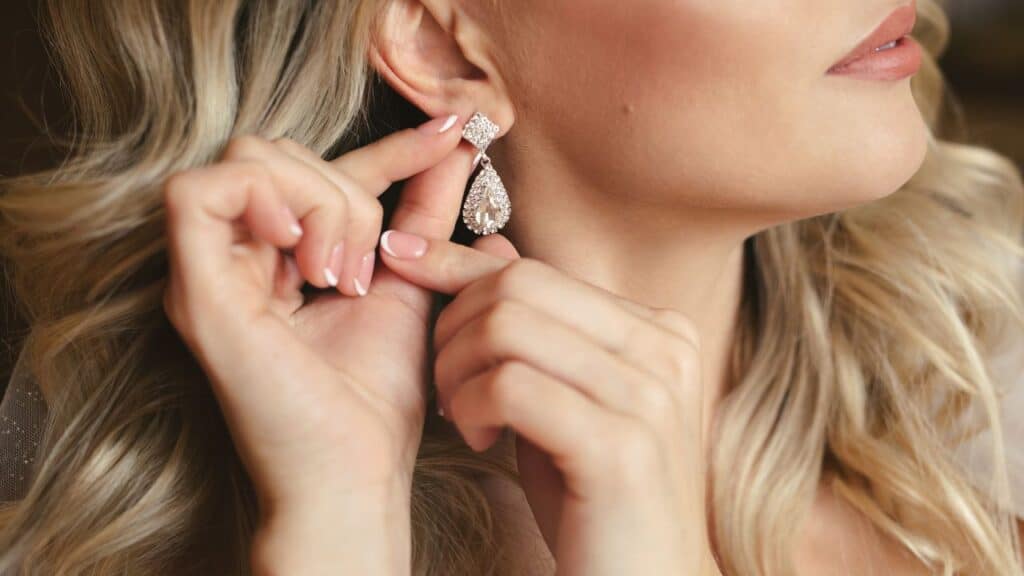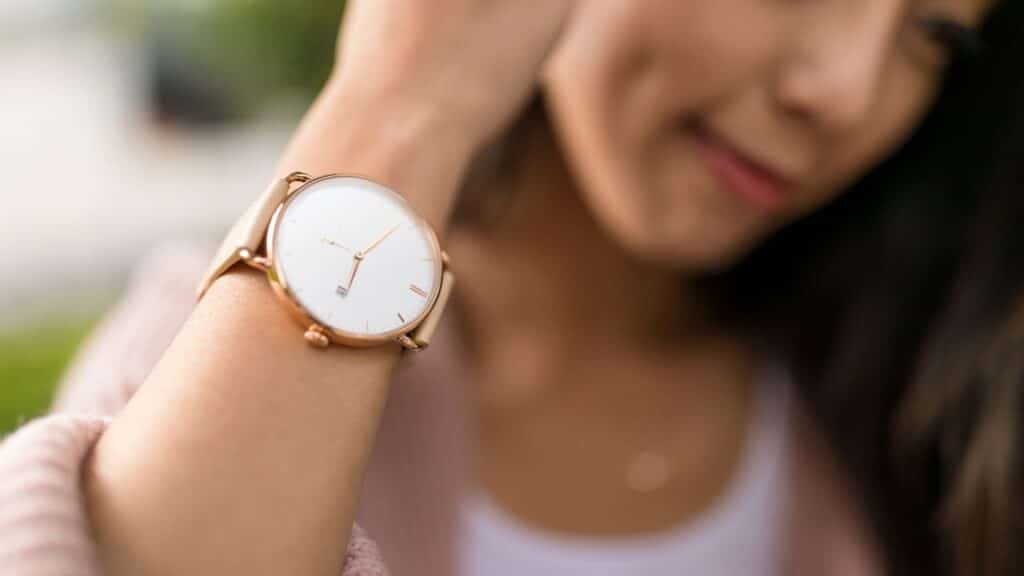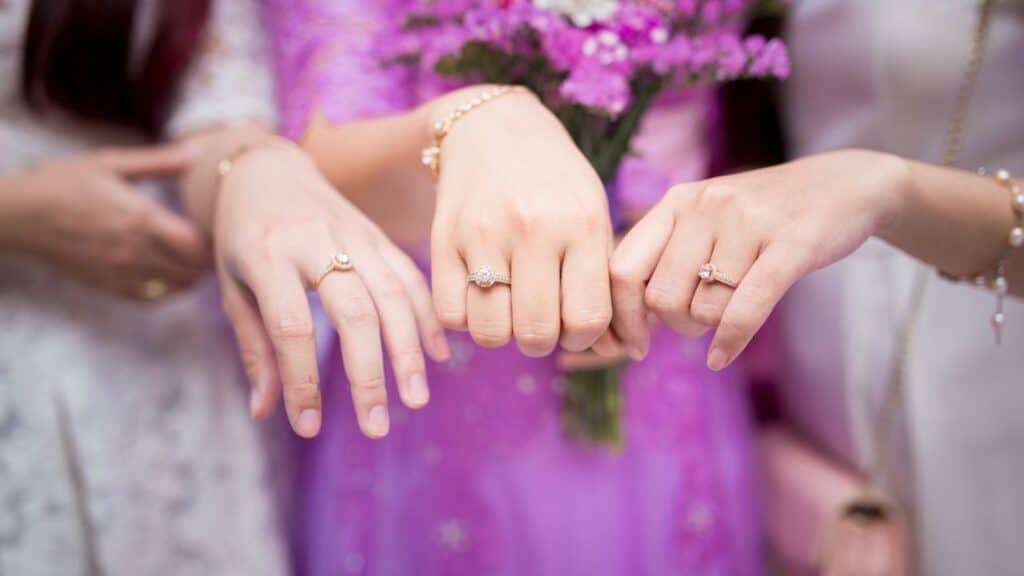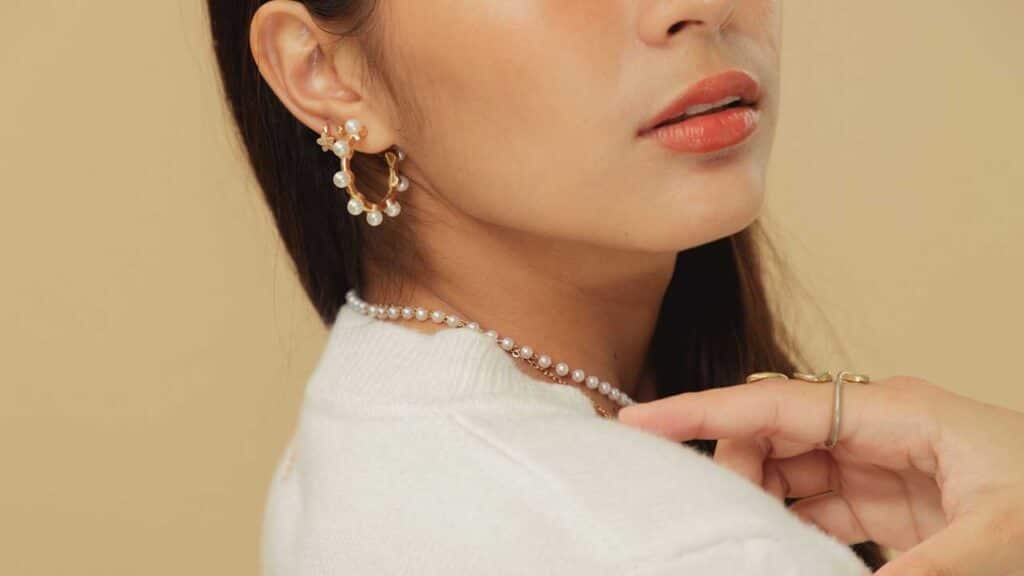Jewelry has adorned human bodies for over 100,000 years, serving as symbols of status, expressions of personality, and markers of significant life moments. Despite the cyclical nature of fashion trends, certain jewelry pieces continue to hold their appeal across generations and cultures. These timeless pieces transcend seasonal trends, making them worthy investments for any jewelry collection.
This comprehensive guide delves into seven timeless jewelry pieces, scrutinizing their historical background, cultural importance, and timeless appeal in contemporary fashion. Whether you’re building a jewelry collection or seeking investment pieces, these classics offer both style and value that last a lifetime.
1. Diamond Stud Earrings: The Ultimate Classic
Diamond stud earrings trace their origins to the late 19th century, coinciding with the discovery of major diamond deposits in South Africa. The development of the modern brilliant cut in 1919 by Marcel Tolkowsky revolutionized diamond jewelry, making studs even more spectacular. In recent decades, technological advances in diamond cutting have further enhanced their brilliance, with computer-guided cutting processes achieving optimal light performance.
Why They’re Timeless:
- Versatility across occasions
- Simple yet sophisticated design
- Complement all face shapes.
- Suitable for all age groups
Investment Considerations:
- Quality factors (4Cs: Cut, Color, Clarity, Carat)
- Setting materials (platinum vs. gold)
- Market value retention
- Insurance importance
Care and Maintenance:
- Regular professional cleaning
- Secure backing checks
- Proper storage methods
- Insurance documentation
2. Pearl Necklace: Elegant Sophistication
The earliest pearl jewelry dates back to ancient Persian and Roman civilizations, demonstrating the long-standing value of pearls. Previously, only royalty and the extremely wealthy could afford natural pearls due to their rarity. Coco Chanel revolutionized pearl wearing in the 1920s, making them a symbol of both luxury and everyday elegance.
Types of Pearls:
- Akoya pearls
- South Sea Pearls
- Tahitian pearls
- Freshwater pearls
Selection Criteria:
- Luster evaluation
- Surface quality
- Shape consistency
- Size matching
- Strand length options
Modern Styling:
- Professional wear
- Special occasions
- Casual elegance
- Layering techniques
3. Tennis Bracelet: Sparkling Sophistication
The term “tennis bracelet” gained popularity after Chris Evert’s diamond bracelet incident during the 1987 U.S. Open. This line bracelet design dates back much further, however, to the Art Deco period of the 1920s. Originally called eternity bracelets, they became a symbol of both athletic elegance and luxury.
Design Elements:
- Setting styles
- Diamond arrangements
- Closure mechanisms
- Metal choices
Investment Value:
- Market appreciation
- Quality considerations
- Brand importance
- Resale potential
Wearing Guidelines:
- Formal occasions
- Daily wear considerations
- Stacking options
- Safety features
4. Classic Watch: Functional Elegance
Wristwatches evolved from pocket watches in the early 20th century, initially as women’s accessories before becoming popular among men during World War I for their practicality in combat. The Swiss watch industry revolutionized timekeeping with technological innovations while maintaining traditional craftsmanship.
Key Watch Styles:
- Dress watches
- Sports watches
- Chronographs
- Minimalist designs
Investment Considerations:
- Brand heritage
- Movement type
- Materials used
- Limited editions
- Market demand
Maintenance Requirements:
- Regular servicing
- Water resistance
- Battery replacement
- Storage conditions
5. Simple Gold Chain: Versatile Essential
Since ancient Egyptian times, people have worn gold chains as symbols of wealth and status. Their designs have evolved while maintaining fundamental appeal across cultures. The discovery of new gold deposits and improved manufacturing techniques has made them more accessible while maintaining their prestigious status.
Chain Types:
- Cable chains
- Box chains
- Rope chains
- Figaro chains
- Cuban links
Gold Quality Factors:
- Karat options
- Durability considerations
- Color variations
- Weight importance
Styling Versatility:
- Layering techniques
- Length options
- Pendant compatibility
- Gender-neutral appeal
6. Solitaire Ring: Enduring Symbol
The solitaire ring design dates back to the Victorian era but gained widespread popularity in 1886 when Tiffany & Co. introduced their six-prong setting. This revolutionary design lifted the diamond above the band, maximizing light reflection and establishing the modern engagement ring standard.
Setting Styles
- Prong settings
- Bezel settings
- Tension settings
- Cathedral settings
Diamond Selection:
- Cut importance
- Color grades
- Clarity factors
- Size considerations
Care Guidelines:
- Regular inspection
- Professional cleaning
- Insurance needs
- Storage methods
7. Hoop Earrings: Ancient to Modern
From ancient Sumer to modern fashion runways, civilizations have worn hoops for over 5000 years. They hold particular significance in many cultures, serving as symbols of strength, identity, and status. Their enduring popularity spans continents and generations.
Style Variations:
- Size options
- Thickness choices
- Material selections
- Design elements
Wearing Considerations:
- Face shape compatibility
- Occasion appropriateness
- Comfort factors
- Security features
Modern Interpretations:
- Contemporary designs
- Material innovations
- Size trends
- Styling options
Investment and Care Guidelines
- Quality over quantity.
- Authentication importance
- Market research
- Professional appraisals
- Insurance coverage
Care and Maintenance:
- Regular cleaning
- Professional servicing
- Proper storage
- Documentation
- Insurance updates
Shopping Guidelines:
- Reputation research
- Certification verification
- Return policies
- Price comparison
- Timing considerations
Market Trends and Future Outlook
Current Market Analysis:
- Price trends
- Consumer preferences
- Material costs
- Market stability
Future Predictions:
- Sustainability focus
- Technology integration
- Design evolution
- Market growth
Investment Potential:
- Value appreciation
- Market demand
- Rarity factors
- Brand influence
Conclusion
These seven timeless jewelry pieces represent more than just accessories; they are investments in style, quality, and lasting value. Their enduring appeal across generations proves their worth as foundation pieces in any jewelry collection. Whether starting a collection or adding to an existing one, these classics offer both immediate satisfaction and long-term value.
Understanding the history, qualities, and care requirements of these pieces helps ensure their longevity and maintains their value. While fashion trends may fluctuate, these seven pieces remain consistently relevant and desirable, making them smart choices for both personal enjoyment and investment purposes.











































